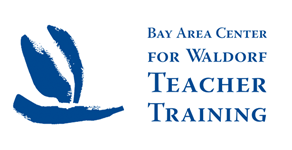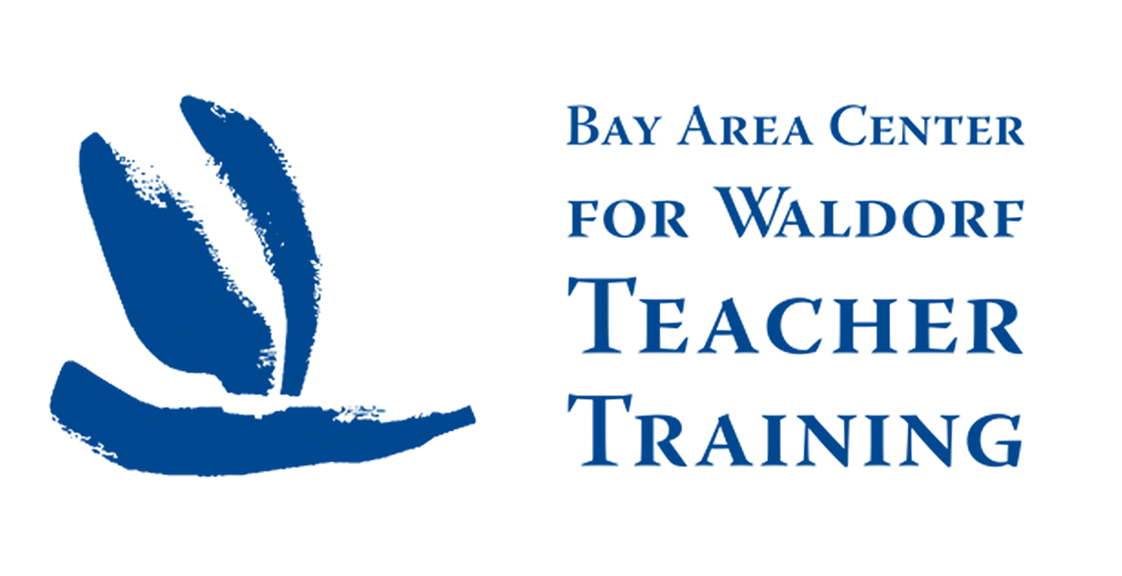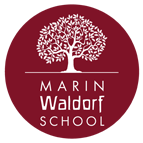Dear BACWTT Students, Alumni, Friends and Colleagues,
Here is the Calendar of the Soul verse for this week:
Verse 4
‘I sense true being of my being’
So feeling speaks to me,
Which in the sun-illumined world
Unites with floods of light.
This feeling would give warmth
To thinking’s clarity,
And firmly bind in one
Both man and world together.
The verse this week is an interesting step from last week – transitioning from “I find the ground of my true being” to “I sense true being of my being,” a subtle and interesting shift, moving inward to a more centered inward sensing.
The second part of the verse leads into an important theme in our work as Waldorf teachers, and to the work of Anthroposophy. I sometimes wonder if we shouldn’t take the Calendar of the Soul’s 52 verses as guides to our work as Waldorf teachers in general. Verses, such as this one, point to absolutely key aspects of what we intend to do. The verses mark our journey through the year and yet some themes, like this one, are not only for the week, but all-year round.
“This feeling would give warmth/To thinking’s clarity/And firmly bind in one/Both man and world together.”
The intention of our way of teaching, the way we bring material in front of the children should ever and always have this idea in the background. It should never be forgotten in the hubbub of life and the pressure from the world to deliver content quickly. This is a key thought for Waldorf educators – perhaps a defining thought – the wish to create a holistic education that builds connection to the world through a balanced and healthy interweaving of thought and feeling.
We can put this idea into the negative to try to understand it more fully – thought content without the warmth of feeling will disconnect the human from the world. This will help us to remember an essential aspect of our task, even in a situation like the one we now face – of being socially distanced and using computers and internet much more than we would like to – that regardless of the circumstances, whether it is 1920 or 2020, whether we are sitting in a wooden chair behind wooden desks with wooden pencils and wood-based paper, or sitting in plastic chairs at a plastic desk with a plastic keyboard looking at a LED screen (we can try to imagine what the learning environment will be 100 years in the future), our goal is to help the young to be able to bring the human and the world together – to make whole – no matter how the circumstances may change.
This idea is a universal one, not specific to this week, but having said that we may gain an insight into the mood of this aspect of our work from the mood of this week. What is the mood of the light, the air, the growth of the plants, the nesting birds and activity of other creatures this week? Can we make a connection between this experience of the seasonal interplay of inner feeling and nature experience, and the universal idea of thought and feeling warmed through and united?
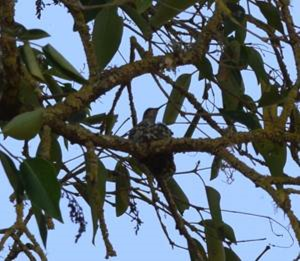
The subtle and intangible plays into our lives in powerful ways, but when we apply our logic we tend to forget or devalue them.
But consider:
How many parents have brought their children to Waldorf education because of the beauty of an early childhood classroom that touched them in ways they can hardly articulate?
How many students join Waldorf teacher trainings because of the unique atmosphere created by the discussion of Anthroposophy in a class or by seeing a Eurythmy lesson?
How many of us have made important life decisions, not out of a purely logical pro-cess, but because of some complex combination of circumstances, sense experiences, meeting people, ideas and feelings that have come together into one matrix, a fertile seedbed for a decision?
There is something that we strive to create in the Waldorf-learning environment that has a warmth and a light, an experience of things growing, a sense of searching. I suggest that every Waldorf teacher strives to create this matrix of experience. Out of this totality of experience arises the learning of the child that is a learning of connection, of binding together – and not a learning that disassociates.
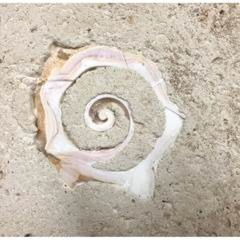
Waldorf teachers are struggling now to recreate this matrix of learning from home. The normal ingredients we are used to “baking” with are missing – the rich sense impressions in the classroom, the sounds and smells, the social feeling, the rhythm and routine, the voice, the quietness of a room full of people focused on their work, human presence, doing art together – cannot be found with students in their rooms at home and with a screen. We will have to work to find ways to build this experience anew.
Definition of “matrix”:
Something within or from which something else originates, develops, or takes form.
The set of conditions that provides a system in which something grows or develops.
As we struggle through this event, remembering the essential ingredients of our practice, we also have the opportunity to look at the larger issues that are at stake – and the possibility of a wider reorientation taking place. Can Waldorf education contribute in this process? If it has, at its heart, the goal to “firmly bind in one both the human and the world together,” then there are greater questions that we need to engage with.
For example: Can we continue to live in a way that is clearly harmful to our planet?
One thing this pandemic has proven is that change is possible! I am sure by now you have all seen videos that show reduced levels of pollution, and animals coming into city spaces around the globe.
Waldorf education has always been intended as a source of renewal whereby the young, having been nurtured in the right way, naturally have the forces, intelligence and will to right wrongs – to do things better. I hope we adults have the wherewithal to catch the importance of this moment that is showing there is a way to turn our destructiveness around.
Ken
Kenneth Smith, Director; BACWTT
